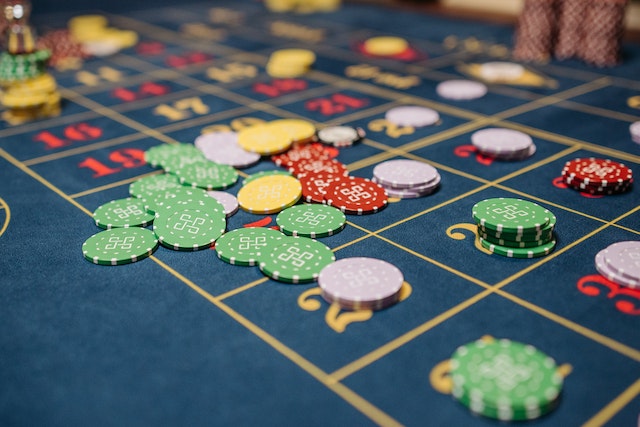In the world of high-stakes gambling, subtle strategies and sharp observation often distinguish a skilled player from the rest. One such strategy, edge sorting, has sparked intense debate over whether it constitutes a legitimate advantage or crosses the line into cheating.
What is Edge Sorting?
Edge sorting is a technique that involves identifying and exploiting slight imperfections or patterns on the backs of playing cards to gain an advantage. These imperfections can be due to inconsistencies in the card manufacturing process, such as asymmetrical borders or printing defects, more info on this site. Although the variations are usually minor, a highly skilled player with sharp attention to detail can recognize these patterns and use them to predict high-value cards during gameplay.
How Edge Sorting Works?
In practical terms, edge sorting requires an observant player who can identify these card discrepancies and adjust their betting strategies accordingly.
Recognizing Imperfections
The player first identifies cards with distinct edge patterns, usually by observing a deck during play or with the assistance of a partner.
Manipulating the Cards
The player might request the dealer to rotate certain cards, ostensibly for luck or better visibility, subtly ensuring that valuable cards are oriented in a way that makes them identifiable.
Exploiting Knowledge
Once the cards are sorted, the player can make more informed bets, capitalizing on the advanced knowledge of upcoming high-value cards.
The Phil Ivey Case: Edge Sorting in Action
The most famous example of edge sorting in practice involves professional poker player Phil Ivey. In 2012, Ivey won $9.6 million at the Borgata Hotel Casino & Spa in Atlantic City by employing edge sorting during games of baccarat. Ivey, along with a partner who was particularly adept at spotting card imperfections, convinced the dealer to rotate specific cards under the guise of superstition.
Strategy or Cheating?
The heart of the debate lies in whether edge sorting constitutes skillful observation or a breach of fair play. Proponents argue that edge sorting is no different from card counting in blackjack, where players keep track of dealt cards to inform their betting. Both techniques rely on sharp observation, memory, and strategic thinking without any physical manipulation of the game itself.
Casino Countermeasures
Use of More Durable Cards
Casinos often use cards with uniform and symmetric backs, reducing the potential for noticeable imperfections.
Frequent Deck Changes
Switching out decks at regular intervals makes it difficult for players to gather sufficient information for edge sorting.
Shuffling Protocols
Automatic shuffling machines and procedures that rotate cards help prevent any intentional sorting of cards by players.
Conclusion
Edge sorting occupies a grey area in the realm of casino strategies—part art, part science, and entirely dependent on the context of use. While it showcases the ingenuity and keen perception of skilled gamblers, it also raises legitimate concerns about fairness and integrity in casino gaming. For now, edge sorting remains a strategy that, while impressive, is widely regarded as overstepping the bounds of acceptable play.

